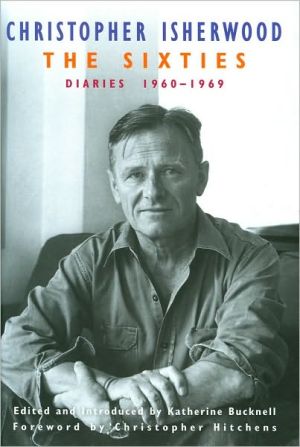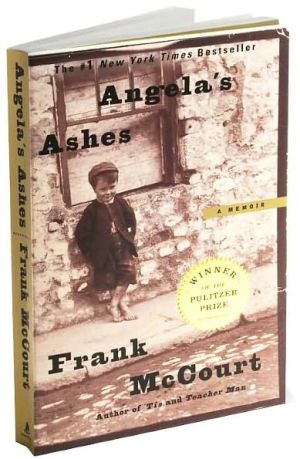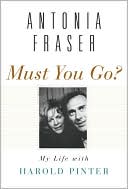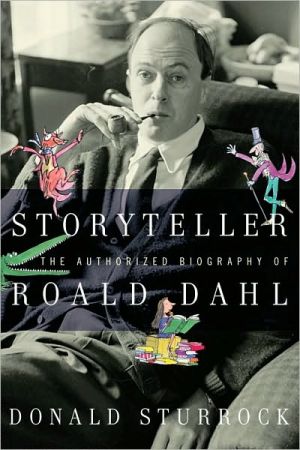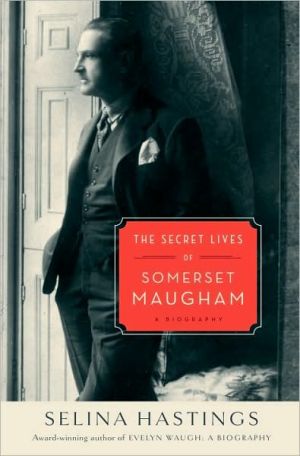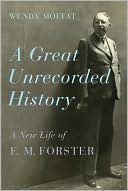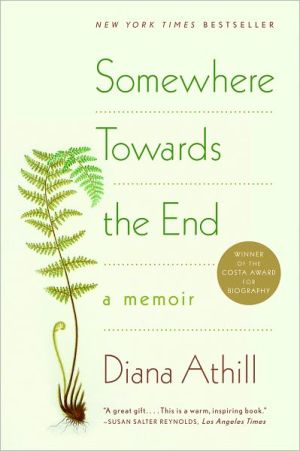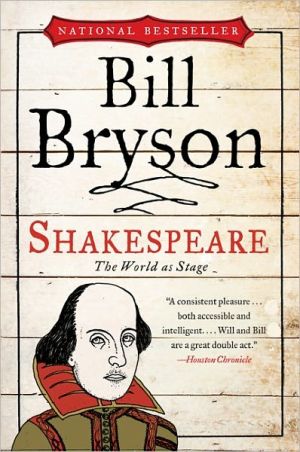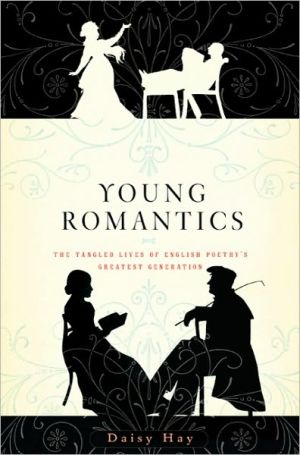The Sixties: Diaries 1960-1969, Vol. 2
This second volume of Christopher Isherwood's remarkable diaries opens on his fifty-sixth birthday, as the fifties give way to the decade of social and sexual revolution. Isherwood takes the reader from the bohemian sunshine of Southern California to a London finally swinging free of post-war gloom, to the racy cosmopolitanism of New York and to the raw Australian outback. He charts his ongoing quest for spiritual certainty under the guidance of his Hindu guru, and he reveals in reckless...
Search in google:
This second volume of Christopher Isherwood's remarkable diaries opens on his fifty-sixth birthday, as the fifties give way to the decade of social and sexual revolution. Isherwood takes the reader from the bohemian sunshine of Southern California to a London finally swinging free of post-war gloom, to the racy cosmopolitanism of New York and to the raw Australian outback. He charts his ongoing quest for spiritual certainty under the guidance of his Hindu guru, and he reveals in reckless detail the emotional drama of his love for the American painter Don Bachardy, thirty years his junior and struggling to establish his own artistic identity. The diaries are crammed with wicked gossip and probing psychological insights about the cultural icons of the time—Francis Bacon, Richard Burton, Leslie Caron, Marianne Faithfull, David Hockney, Mick Jagger, Hope Lange, W. Somerset Maugham, John Osborne, Vanessa Redgrave, Tony Richardson, David O. Selznick, Igor Stravinsky, Gore Vidal, and many others. But the diaries are most revealing about Isherwood himself—his fiction (including A Single Man and Down There on a Visit), his film writing, his college teaching, and his affairs of the heart. He moves easily from Beckett to Brando, from arthritis to aggression, from Tennessee Williams to foot powder, from the opening of Cabaret on Broadway (which he skipped) to a close analysis of Gide. In the background run references to the political and historical events of the period: the anxieties of the Cold War, Yuri Gagarin's spaceflight, de Gaulle and Algeria, the eruption of violence in America's inner cities, the Vietnam War, the Summer of Love, the moon landing, and the raising and lowering of hemlines. Isherwood is well known for his prophetic portraits of a morally bankrupt Europe on the eve of World War II; in this unparalleled chronicle, The Sixties, he turns his fearless eye on the decade that more than any other has shaped the way we live now.
\ Publishers WeeklyWhen Isherwood starts the new volume of his diary, it was 1960 and he was spending his 56th birthday with his partner, Don Bachardy, along with Hope Lange and Glenn Ford, whose hug Isherwood finds insincere. By the end, he's finished Down There on a Visit, written A Meeting at the River and A Single Man, pages of diaries, numerous screenplays, and books and articles for the Vedanta Society, home of his guru, all while convinced that he's slacking off. He's dined with Igor and Vera Stravinsky, Tony Richardson, Jennifer Jones, Truman Capote, and W.H. Auden, to name a few. He's started transcribing his parents' diaries and letters, visited Australia, Tahiti, India, New York, and England, repeatedly forsworn drinking and smoking, gone to the doctor and the gym, seen friends die, read an astonishing number of books, and worried about the Cuban missile crisis and the Negro problem. Like all diaries, his (usefully annotated by Katherine Bucknell) is best dipped into; it's gossipy, funny, wide-ranging, and revealing. Though Isherwood isn't always appealing—and is casually anti-Semitic throughout—he comes across as approachable, aware, and passionately interested. (Nov.)\ \ \ \ \ Publishers WeeklyWhen Isherwood starts the new volume of his diary, it was 1960 and he was spending his 56th birthday with his partner, Don Bachardy, along with Hope Lange and Glenn Ford, whose hug Isherwood finds insincere. By the end, he's finished Down There on a Visit, written A Meeting at the River and A Single Man, pages of diaries, numerous screenplays, and books and articles for the Vedanta Society, home of his guru, all while convinced that he's slacking off. He's dined with Igor and Vera Stravinsky, Tony Richardson, Jennifer Jones, Truman Capote, and W.H. Auden, to name a few. He's started transcribing his parents' diaries and letters, visited Australia, Tahiti, India, New York, and England, repeatedly forsworn drinking and smoking, gone to the doctor and the gym, seen friends die, read an astonishing number of books, and worried about the Cuban missile crisis and the Negro problem. Like all diaries, his (usefully annotated by Katherine Bucknell) is best dipped into; it's gossipy, funny, wide-ranging, and revealing. Though Isherwood isn't always appealing—and is casually anti-Semitic throughout—he comes across as approachable, aware, and passionately interested. (Nov.)\ \ \ Wall Street Journal“The diary entries in The Sixties are a mix of quotidian detail, social observation, moody reverie, gossip and self-rebuke.”\ \ \ \ \ New York Journal of Books“These diaries are, in their core, a love story…thanks to [them], we bear witness to it all—and are all the richer for it.”\ \ \ \ \ Edmund WhiteIf you're going to read more than 700 pages of someone's diary covering just a decade, you want him to be a good writer, to know interesting people, to be intensely self-aware and above all to be a fascinating companion. Christopher Isherwood ranks high on every count.\ —The New York Times\ \
